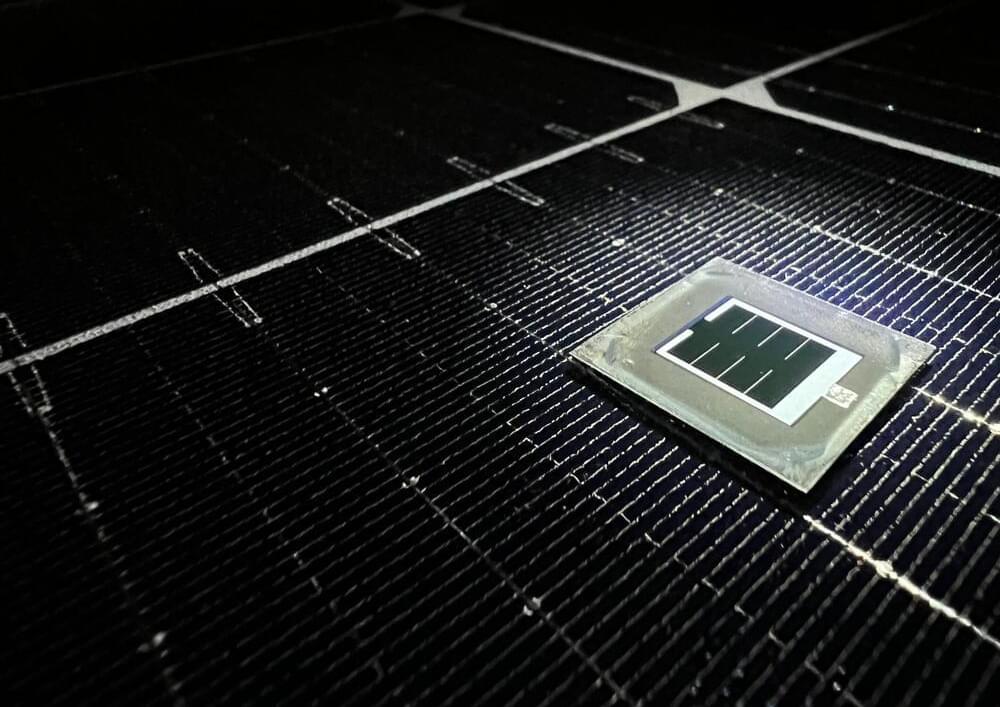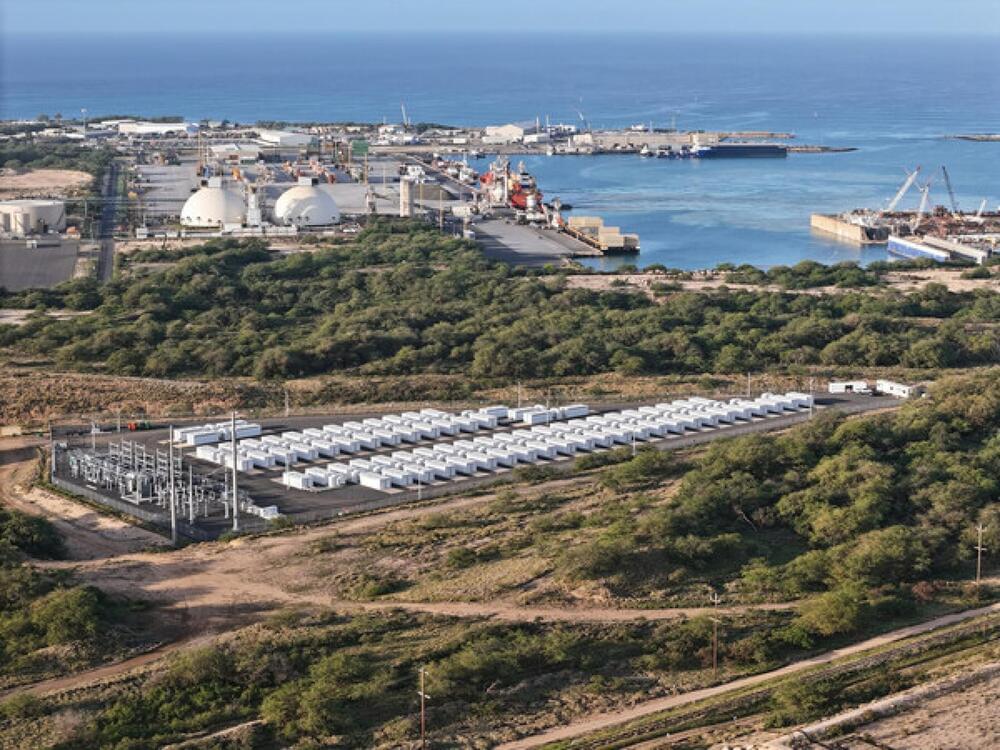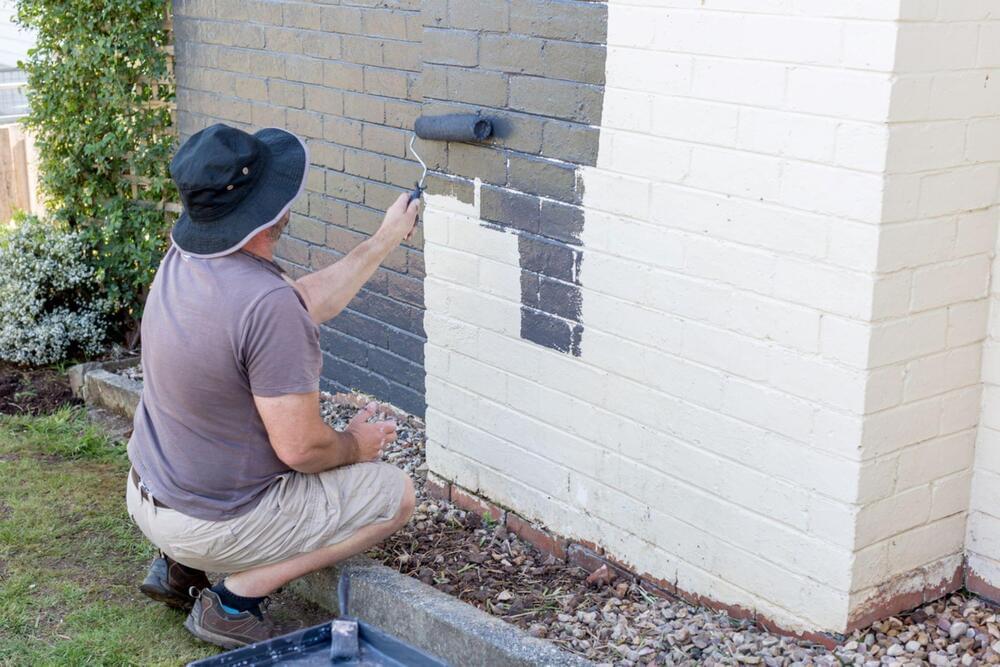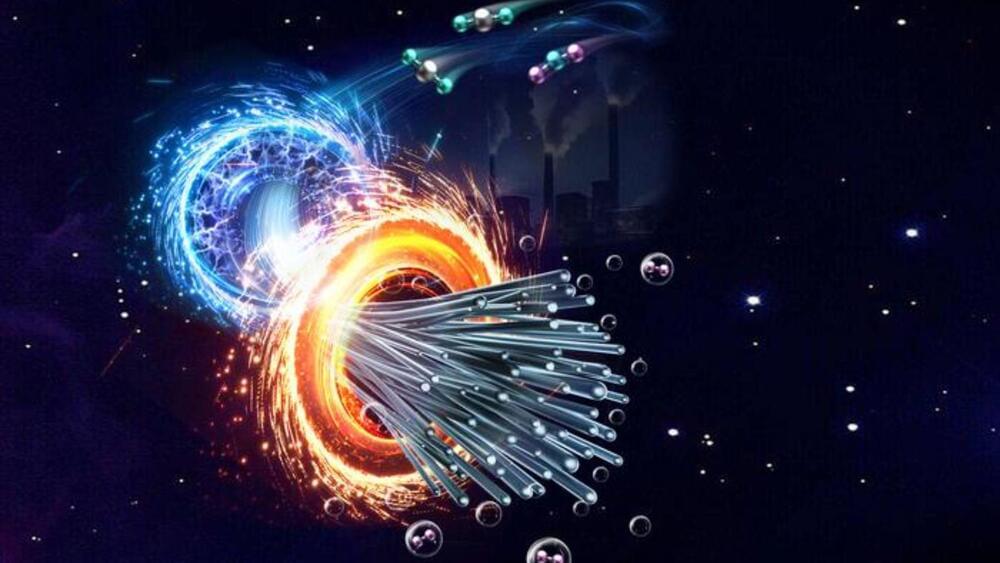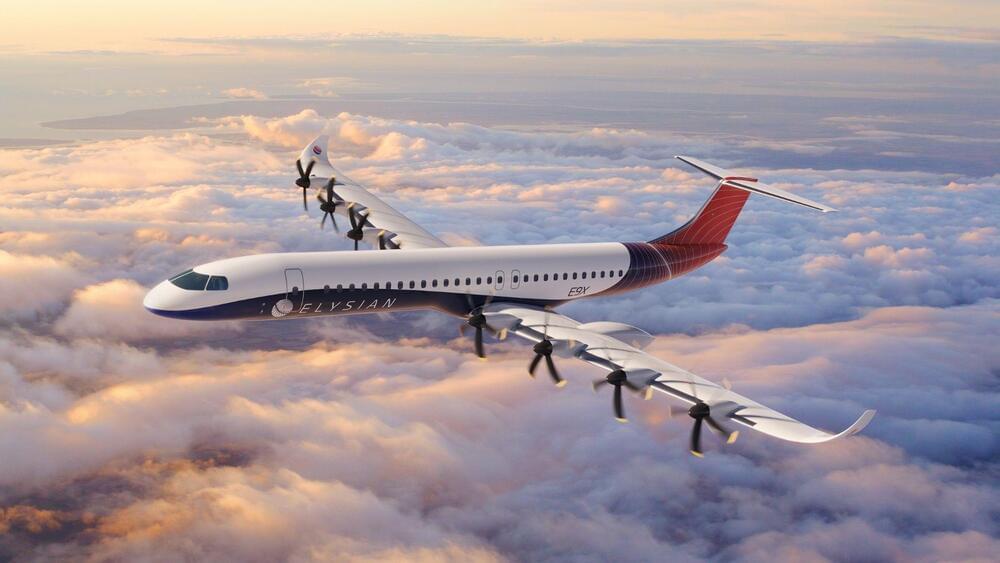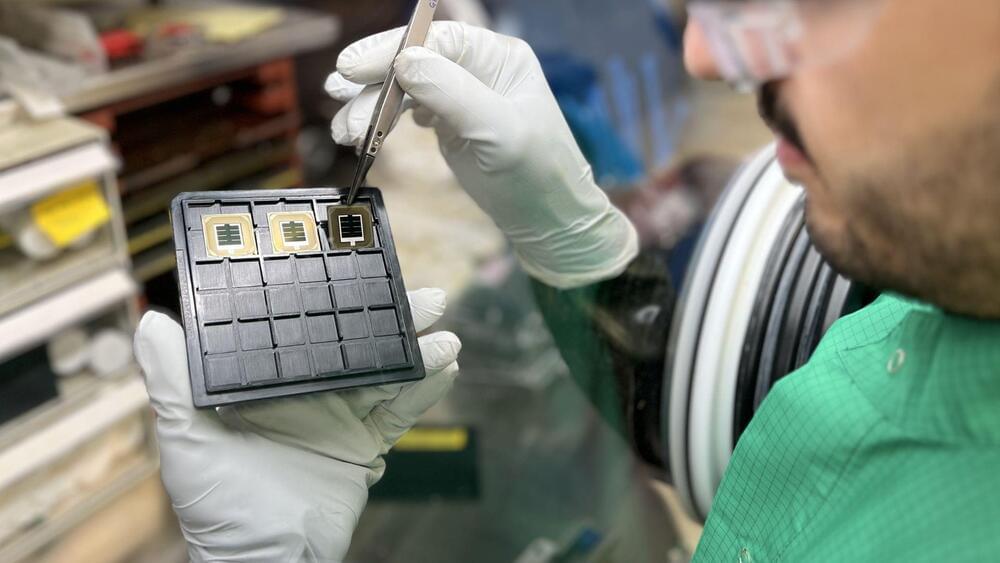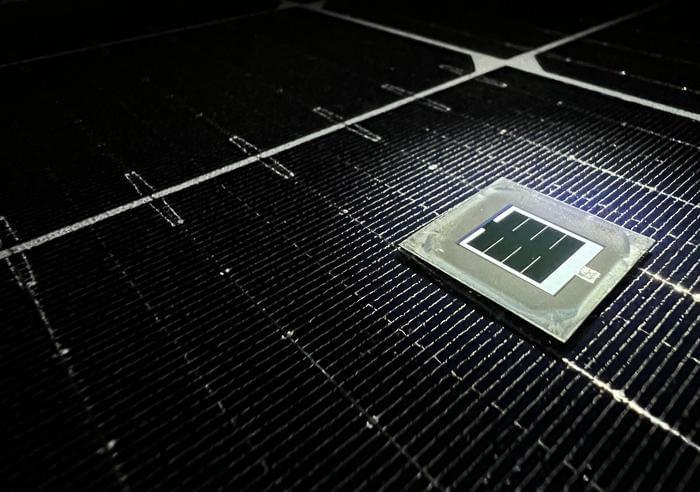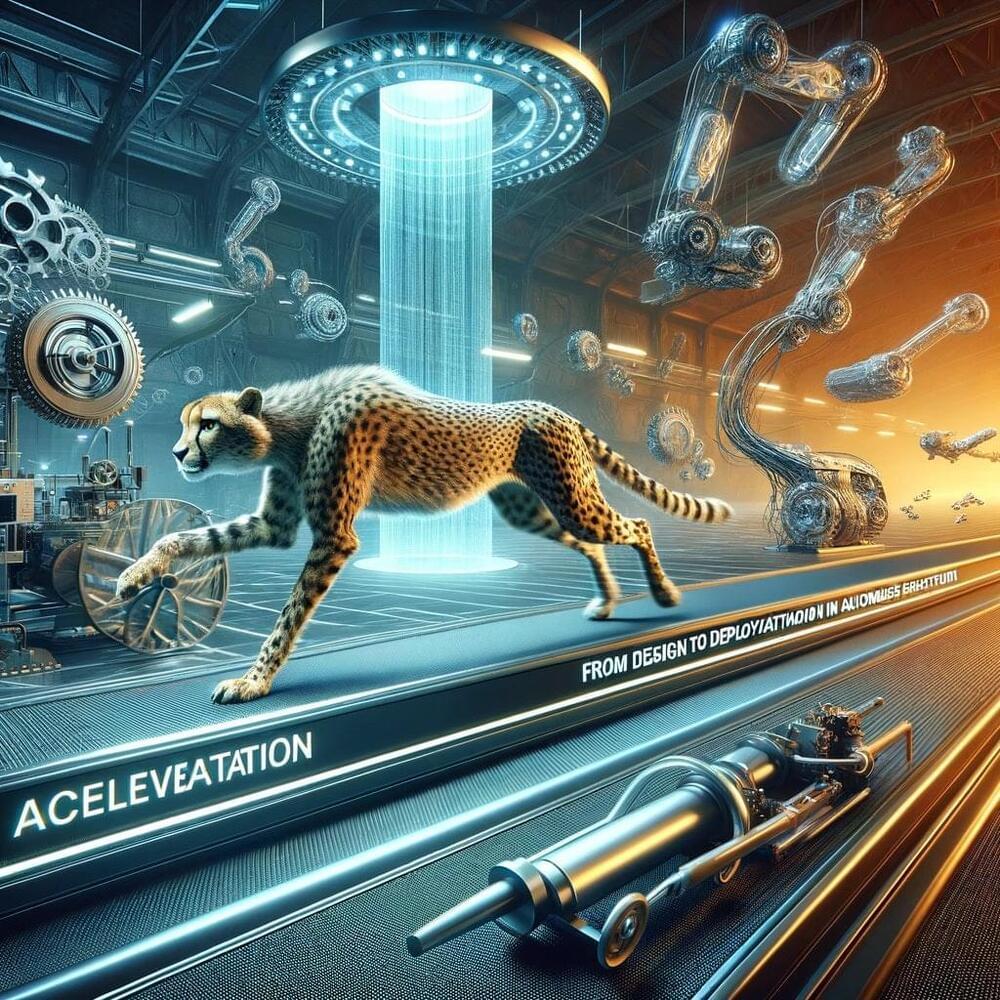Scientists have unveiled a roadmap for bringing perovskite/silicon tandem solar cells to market, paving the way for a future powered by abundant, inexpensive clean energy in Saudi Arabia and the world.
The authors of the article, published in Science, include Prof. Stefaan De Wolf and his research team at King Abdullah University of Science (KAUST) and Technology Solar Center. The team is working on improving solar efficiency to meet Saudi Arabia’ solar targets.
Perovskite/silicon tandem technology combines the strengths of two materials— perovskite’s efficient light absorption and silicon’s long-term stability—to achieve record-breaking efficiency. In 2023, the De Wolf laboratory reported two world records for power conversion efficiency, with five achieved globally in the same year, showing rapid progress in perovskite/silicon tandem technology.
